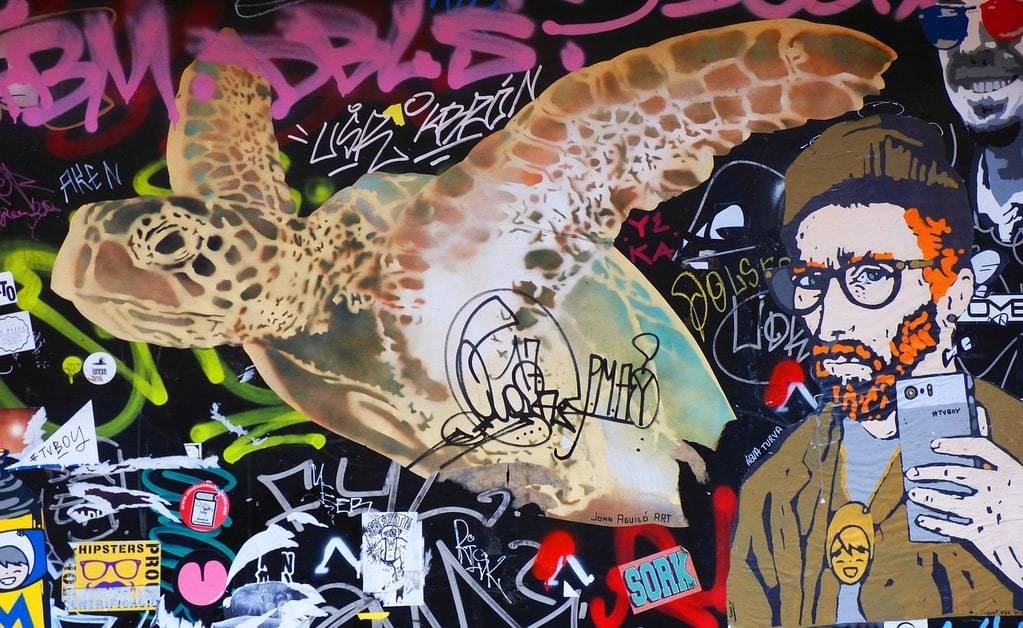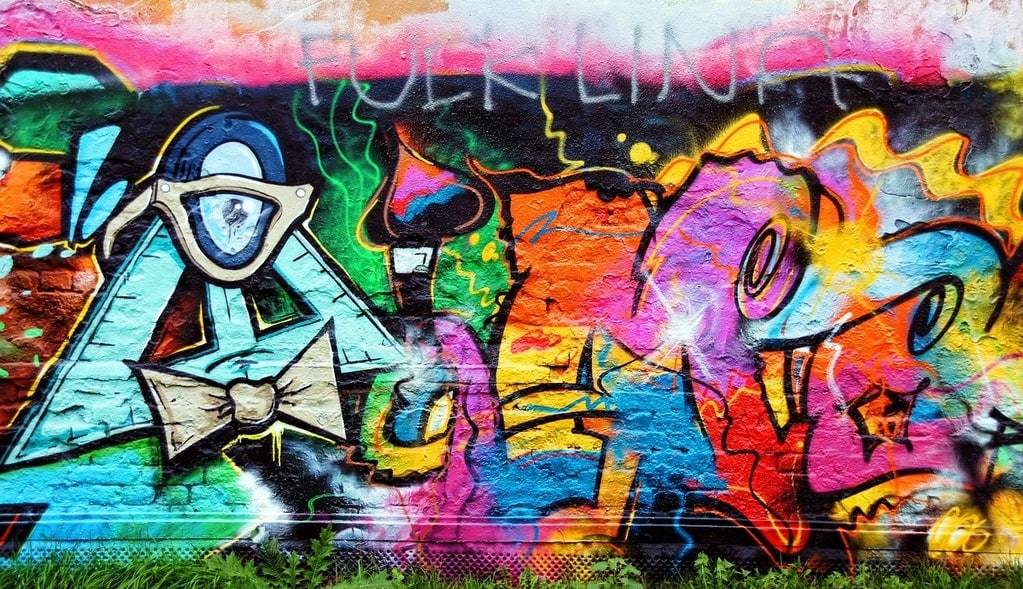Contemporary art movements are a reflection of the dynamic and ever-evolving nature of artistic expression. These movements are characterized by their bold experimentation and embrace of new ideas, technologies, and methodologies. As we delve into the world of contemporary art, we encounter a rich tapestry of styles and philosophies that challenge traditional boundaries and invite viewers to see the world through different lenses.
Understanding the Landscape of Contemporary Art Movements
In recent decades, contemporary art has been marked by a multitude of movements that each bring their unique perspectives and innovations. The landscape of contemporary art is not monolithic but rather a diverse ecosystem where different styles coexist and interact. Artists today draw inspiration from a variety of sources, blending the old with the new to create works that are thought-provoking and engaging.
One of the defining characteristics of contemporary art is its willingness to push boundaries. Artists are no longer confined to traditional media such as painting and sculpture but are exploring new forms of expression through digital art, installations, and performance art. This broadening of the artistic palette has given rise to movements that reflect the complexities of the modern world.
Key Movements in Contemporary Art
Several movements stand out in the contemporary art scene, each contributing to the richness and diversity of the field. Here are a few notable examples:
- Abstract Expressionism: this movement emphasizes the spontaneous and subconscious creation of art, often characterized by bold colors and dynamic brushstrokes.
- Pop Art: known for its incorporation of popular culture and mass media imagery, Pop Art challenges the distinctions between high and low art.
- Minimalism: focused on simplicity and purity of form, Minimalism strips art down to its essential elements, often using geometric shapes and monochromatic palettes.
- Conceptual Art: in this movement, the idea or concept behind the work takes precedence over traditional aesthetic and material concerns.
- Street Art: originating from graffiti culture, Street Art has evolved into a recognized genre that transforms urban environments into canvases for artistic expression.

The Role of Technology in Contemporary Art
Technology has become an integral part of contemporary art, opening up new possibilities for creation and interaction. Digital art, for instance, leverages software and hardware to produce works that were unimaginable in the past. Virtual reality and augmented reality have also emerged as powerful tools, allowing artists to create immersive experiences that engage viewers in novel ways.
The internet has democratized access to art, enabling artists to share their work with a global audience. Social media platforms have become virtual galleries, where artists can connect with followers and receive instant feedback. This shift has not only changed how art is consumed but also how it is produced, as artists can now collaborate with peers from around the world in real-time.
Impact of Social and Political Issues
Contemporary art often serves as a mirror to society, reflecting and responding to social and political issues. Many artists use their work to comment on pressing concerns such as climate change, social justice, and human rights. Through their art, they raise awareness and provoke dialogue, encouraging viewers to consider different perspectives and engage in critical thinking.
Art has the power to inspire change and drive movements. For example, feminist art has played a significant role in challenging gender norms and advocating for equality. Similarly, environmental art highlights the impact of human activity on the planet and calls for sustainable practices.
The Future of Contemporary Art
As we look ahead, the future of contemporary art appears bright and full of potential. Emerging technologies such as artificial intelligence and blockchain are poised to further revolutionize the field, offering new tools and platforms for artistic expression. Artists will continue to experiment and innovate, pushing the boundaries of what is possible.
The global nature of contemporary art means that it will continue to be shaped by diverse cultural influences and interdisciplinary collaborations. As artists draw inspiration from different traditions and disciplines, we can expect to see a continual blending of styles and ideas.
Ultimately, contemporary art is a testament to the limitless creativity of the human spirit. It challenges us to see the world differently, to question our assumptions, and to embrace the unknown. Whether through painting, sculpture, digital media, or performance, contemporary art will continue to inspire and captivate audiences for generations to come.
